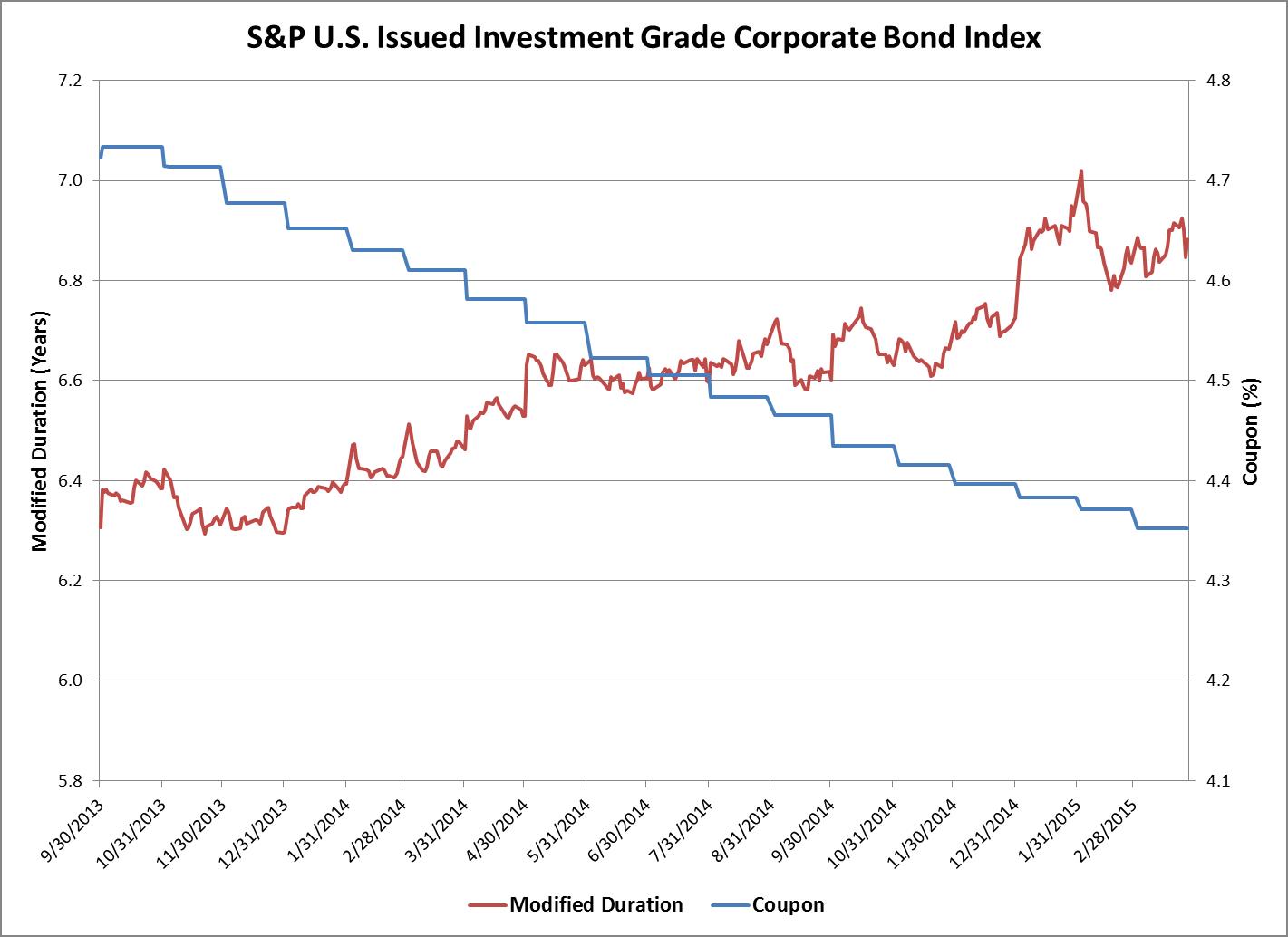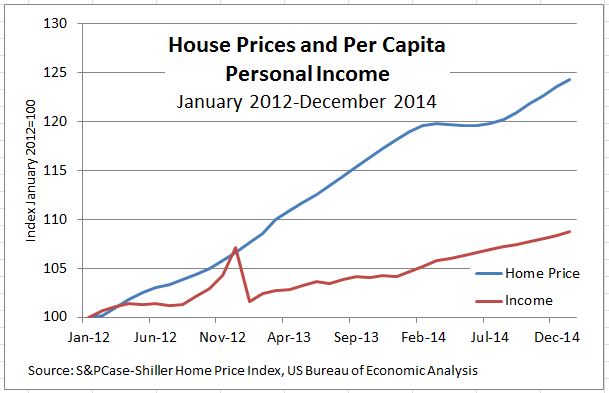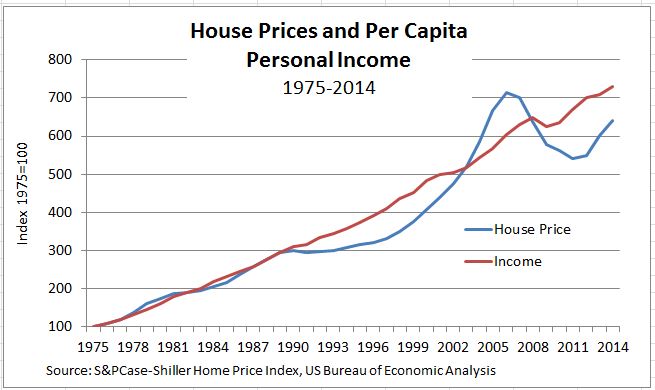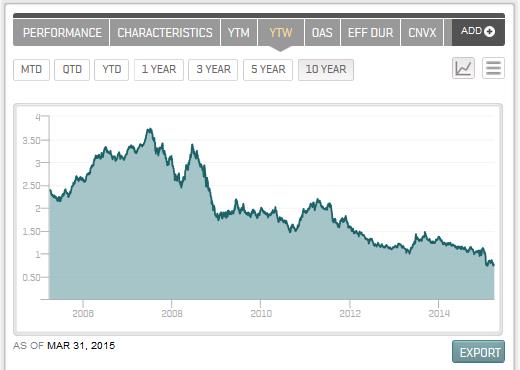Recently, I seem to have gotten a bit addicted to online shopping, after experiencing the ease of online transactions and the constant exposure to multiple options.
Choice is important, and we are increasingly becoming spoiled by abundant choices in our everyday lives, be it with consumer goods or investments. Online transactions are gaining popularity, not only due to their ease of execution, but also because of the convenience of being able to compare a varied number of options that meet one’s needs. Furthermore, there is an increased awareness of new market entrants and ideas in the online space. When there is a plethora of options from various sources, it becomes critical to be organized in order to evaluate them. Hence, classification is essential.
This is applicable to financial market indices, as well. There are multiple markets globally, with regional preferences and different rules and standards governing each one. However, there are some common classifications that can be used to create comparable indices across regions. For example, every market does classify its components into large-cap, mid-cap and small-cap companies. While the market itself could comprise various sizes based on regional capabilities, there seems to be standardization and a clear trend on how this classification is done. The large-cap classification generally represents a significantly large percent of the total market capitalization, typically over 50%, followed by the mid-cap category, normally in the range of 10%-15%, and finally the small-cap label, which usually consists of a small percentage of total market cap.
Index classification is not only restricted to market capitalization—there are a number of other categories to choose from, as well. Regional indices cover areas like the U.S., LATAM, APAC, EMEA, etc. The regional offerings can be further defined into sub regions and countries. There are sector indices offering other splits, like information technology, auto, banking and financials, manufacturing, etc., as there are many sectors that can prove useful to market participants and have a clear classification. Additionally, there are an asset class-based index, which means there are either equity, fixed income, or commodities in the index universe. While the aforementioned classifications are fairly generic for indices, there are also other classifications that offer access to a specific strategy or theme. For example, S&P Dow Jones Indices has created the Shariah index series, which uses screening techniques to provide a variety of indices that are Shariah compliant, and this series is subdivided by region, as well. In India, the S&P BSE 500 Shariah is the regional offering. Themes such as asset allocation, dividends, etc. can also be used to classify indices. Finally, custom indices can be created from standard classifications, offering another wide range of choices.
The classification of indices offers product providers the choice to create a range of offerings for investors. Index providers are recognizing the need for choices and are creating innovative and varied options to suit market requirements.
The posts on this blog are opinions, not advice. Please read our Disclaimers.











